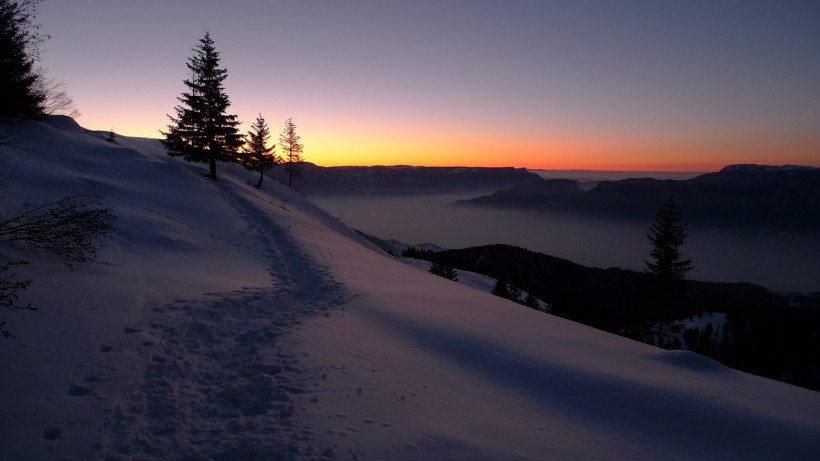Winter is finally coming to the Northern Hemisphere. As it arrives, it will also bring with it the longest night of the year in the Northern Hemisphere.
Winter Solstice 2023
A solstice refers to when the the path of the Sun is farthest north or south from the Equators of the Earth. Across the Northern Hemisphere, summer solstice takes place around June, while winter solstice happens in December.
This year, the winter solstice is set to occur on December 21, Thursday, at 10:28 PM EST. This day is quite special for the Earth. The planet rotates the Sun for 365 days as it spins on an axis with a tilt of 23.5 degrees. During the winter solstice, the Earth's northern axis gets tipped away from the Sun. This leads to a day with the fewest daylight hours, resulting in the longest night and shortest day of the year in the Northern Hemisphere.
At the same time, the southern axis of the planet ends up tipping towards the Sun. This means that the Southern Hemisphere would be experiencing a day with the longest daylight hours and the shortest night.
The tilt of the Earth can be most extremely felt at the poles of the planet. At the South Pole, the Sun will not set for the entire day, while at the North Pole, it will not rise at all.
During the winter solstice in the Northern Hemisphere, the Sun is as low as it could get in the sky. Because of this, the Moon is left to appear high up in the sky during the Northern Hemisphere winter. This gives skywatchers an exciting opportunity to gaze upon the sky.
ALSO READ: Oldest Tomb in Egypt Aligns with Winter Solstice
Skyviewing Opportunities This Winter Solstice 2023
During the solstice, the waxing gibbous moon will be shining to Jupiter's right. To catch a glimpse of the duo glimmering together, one must look through the southeastern horizon by the time twilight starts.
For those who are new to skywatching, a good telescope or a pair of binoculars could come in handy. This could help viewers maximize their chances of catching the Moon and Jupiter dancing together.
For those who miss this chance, there will still be another opportunity to catch the sight on December 22. By this time, the Moon would have moved to the left of Jupiter.
This will also be the Ursid meteor shower's peak. However, due to the brightness of the Moon, the five to 10 meteors shot by the shower will be nearly impossible to view.
RELATED ARTICLE: Experts Define How Winter Season Affects Physical Activity Maintenance of Adults; Coldest Months 'Dreadful' for the Age Group
Check out more news and information on Space in Science Times.















